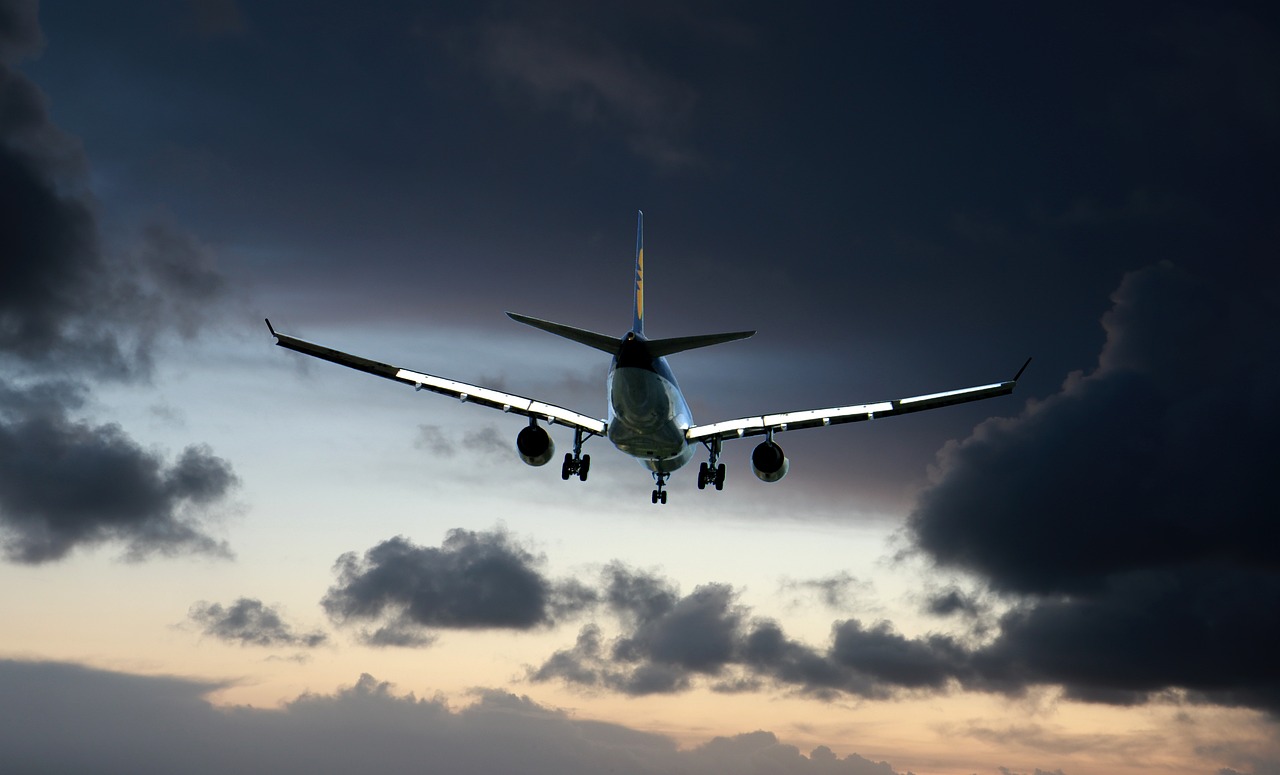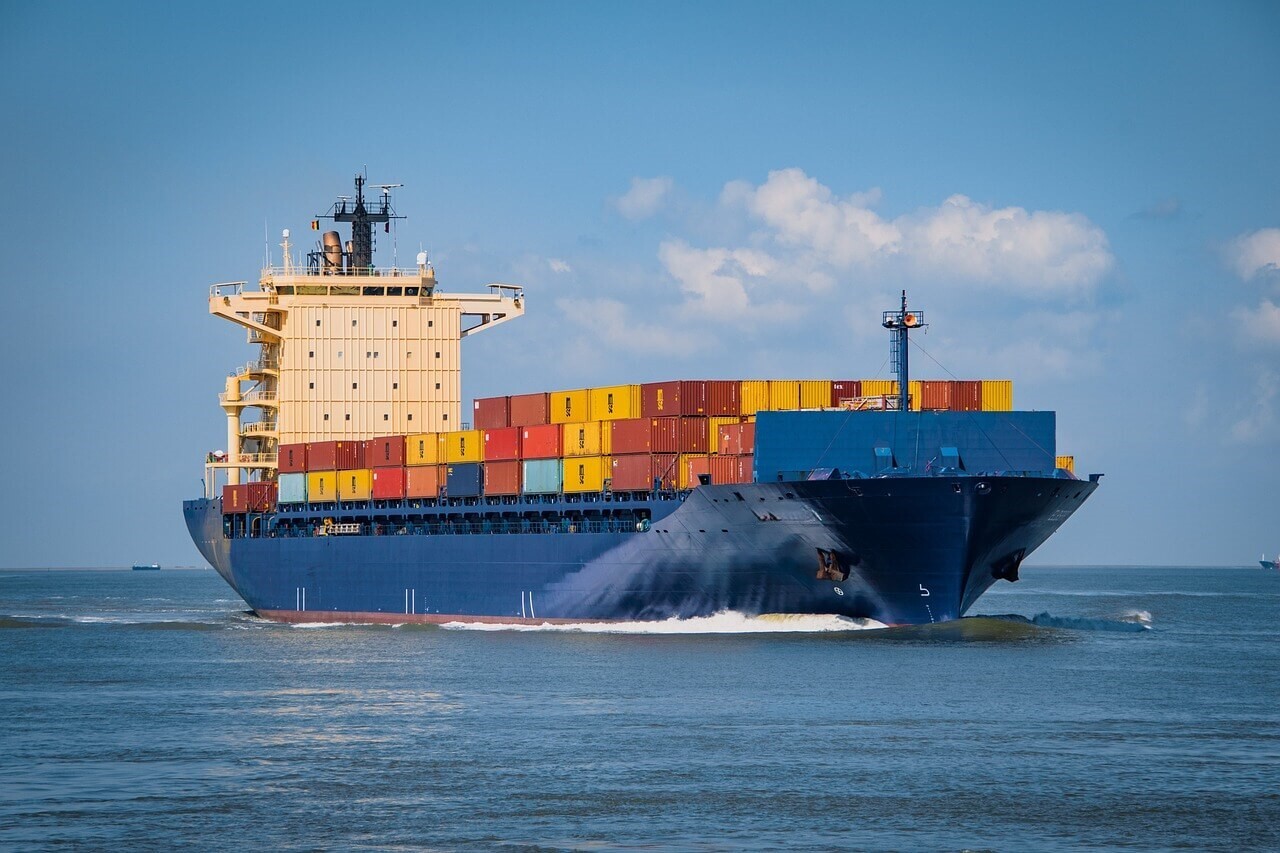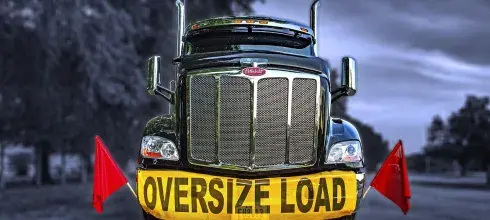The logistics of transporting Formula 1 (F1) cars is an intricate and highly coordinated process, ensuring that multi-million-dollar vehicles and their essential equipment arrive safely at each race venue. Races take place around the world, often back-to-back, which makes swift and efficient F1 car transportation a necessity. /from specialized trucks to cargo planes, teams utilize a variety of methods to ensure their cars are race-ready at every Grand Prix.
How Much Does F1 Transport Cost?
Transporting their cars and equipment is a major expense for the teams. On average, the logistics cost for a team can exceed $8 million per season, depending on the number of fly-away races and distances covered. Shipping by air is the most expensive option but also the fastest, especially for overseas events, while sea freight is more economical but takes much longer.
What is Involved in Transporting Formula 1 Cars?
The process of F! Car transportation involves disassembling the vehicles into key components, packing them securely into specially designed containers, and shipping them to the next race venue. The process includes:
- Dismantling the car’s body and engine for easier shipping
- Packaging other vital components like spare parts, tools, and garage equipment
- Ensuring that everything is loaded safely to minimize damage during transit
Each car is treated with the utmost care, as these are precious machines built for performance.
How Does F1 Transport Their Cars Globally?
F1 car transportation services include a mix of air, sea, and road transport to move cars and equipment across the globe. For European races, teams rely on road transport, using specialized trucks to move their cars between venues. For races outside Europe, sea and air transport are more common. A highly coordinated logistics team ensures that everything arrives on time, regardless of the destination.
Road Transport
Specialized Trucks for F1 Car Transport
For races within Europe, Formula 1 teams utilize specialized transport trucks. These trucks are custom-built to safely carry the cars, spare parts, and necessary equipment. Each truck is climate-controlled to prevent any temperature-related damage to sensitive car components.
Air Transport

Use of Cargo Planes for International Races
For international races, F1 cars and equipment are flown by cargo planes. The sport relies on major cargo airlines like DHL, which transport everything in specialized containers. Each plane can carry multiple cars and all the gear necessary for race day, ensuring teams are fully prepared once they land.
How do They Ship F1 Cars Via Air?
When shipping the cars via air, the vehicles are disassembled into manageable parts, securely packed in custom containers, and loaded into large cargo planes. Teams carefully plan the packing order to ensure that the cars and equipment can be quickly unloaded and reassembled at the race location.
Sea Transport

Shipping F1 Cars by Sea for Cost-Effectiveness
Although slower than air transport, shipping cars by sea is far more cost-effective. Teams often opt for sea transport when time is not an issue, particularly for races in regions that are accessible by major shipping routes. Each container is tightly secured to ensure safety during the long journey.
When is Sea Transport Used?
Sea transport is typically used for non-European races, such as in Asia or the Americas when the team has a significant gap between races. This method is economical but requires advance planning due to the longer transit times.
The Logistics Process
How Does F1 Travel Overseas?
When teams travel overseas, they use a combination of air and sea transport. Cars and equipment are often flown to the venue on cargo planes, while heavier or less time-sensitive materials are sent by sea. Teams plan their F1 car transportation months in advance to ensure timely delivery.
Coordination of Schedules and Routes
F1 logistics requires precise schedule coordination. Each team’s logistics manager works closely with Formula 1’s central organization to ensure all shipments are aligned and arrive at the destination on time, avoiding any delays that could impact race preparation.
Ensuring Timely Deliveries for Races
Every minute counts in Formula 1, so teams rely on professional logistics companies to handle their F1 car transport. Ensuring on-time delivery is crucial for teams to set up their garages, prepare cars, and complete pre-race testing. Delays in shipping can severely impact performance.
How Do F1 Teams Travel Between Races?
Team members, including drivers and support staff, typically travel by commercial airlines or private jets. While the equipment is sent ahead, the team will fly in just before the race to begin preparations. Drivers, in particular, may arrive later, focusing on their physical and mental readiness.
Packing and Preparation Before Transport
Cars are carefully packed for transport to minimize the risk of damage. Cars are stripped down to their main components, with sensitive parts wrapped and secured in custom containers. Each component is labeled and accounted for, ensuring everything arrives safely.
How Much is an F1 Race Car Worth During Transport?
An F1 race car is worth around $12-15 million, depending on the team and the car’s development stage. This high value makes secure, professional F1 car transportation essential, as even the smallest damage could significantly impact a team's performance.
Timeframes for Transporting Cars to Race Venues
Timeframes for transporting these performance cars vary depending on the distance. Within Europe, road transport can take between 12-48 hours, while air freight for overseas races takes just a few hours. Sea transport can take weeks, so it’s planned well in advance.
Common Challenges Faced in Transporting F1 Cars
Transporting Formula 1 cars involves numerous challenges, including customs delays, weather disruptions, and mechanical issues. Any delay in transporting the cars can impact the team’s preparation for the race, making precise planning essential.
Solutions to Logistical Challenges in F1 Car Transportation
The teams work with logistics experts to navigate potential challenges. Backup plans are always in place to address unexpected issues like delayed shipments or weather-related disruptions. This ensures that teams are always ready to perform at the highest level, no matter the obstacles.
Conclusion
Transporting Formula 1 cars is a complex, highly coordinated process involving specialized logistics solutions to ensure that cars and equipment arrive on time and in perfect condition. F1 teams rely on a combination of road, air, and sea transport to meet the challenges of a global racing calendar, ensuring that every race is a success, no matter where it is held.
FAQs:
What Airline Transports F1 Cars?
Cargo airlines like DHL and Emirates transport F1 cars globally. These companies have experience handling delicate and high-value items like high-performance race cars and ensuring their safe delivery.
How Much Does F1 Transport Cost?
Transport costs vary depending on the method used and the race's location. For example, air freight can cost several hundred thousand dollars per race, while sea transport is significantly cheaper but takes longer.
Who Does F1 Logistics?
The logistics are handled by a combination of the Formula 1 organization and specialized logistics partners, like DHL, who coordinate the transport of cars, equipment, and personnel worldwide.
How Do F1 Drivers Bring Their Cars?
Drivers do not personally transport their cars. The team's logistics division handles all transportation, ensuring the cars arrive at the race venue in perfect condition.
How Do F1 Cars Get Transported Overseas?
Cars are disassembled, packed into containers, and transported overseas via cargo planes or ships, depending on the race schedule and location.
What Airline Do F1 Drivers Fly?
Drivers typically fly commercial or private jets, depending on the team and the driver’s preference. Some drivers, like Lewis Hamilton, have used private jets for greater convenience.
What Are F1 Drivers' Salaries?
Drivers' salaries vary widely, with top drivers like Lewis Hamilton earning upwards of $50 million per year while others earn significantly less.
Do F1 Teams Fly Their Cars?
Yes, for overseas races, teams fly their cars using cargo planes. These planes are equipped to carry multiple cars along with all the necessary equipment.
Who Is the Current Richest F1 Driver?
As of 2024, Lewis Hamilton is the richest F1 driver, with a net worth exceeding $300 million.
Do F1 Drivers Fly First Class?
Most top drivers fly first class when using commercial airlines, while others may prefer private jets for added convenience and comfort.
Do F1 Drivers Get Private Jets?
Many top drivers have access to private jets, either through personal ownership or team sponsorships, providing them with flexibility and privacy when traveling between races.







